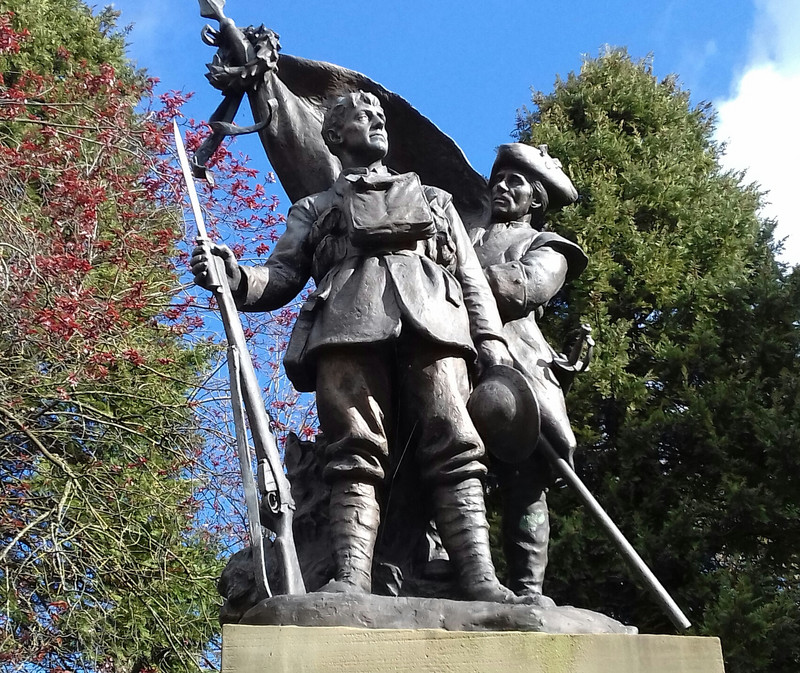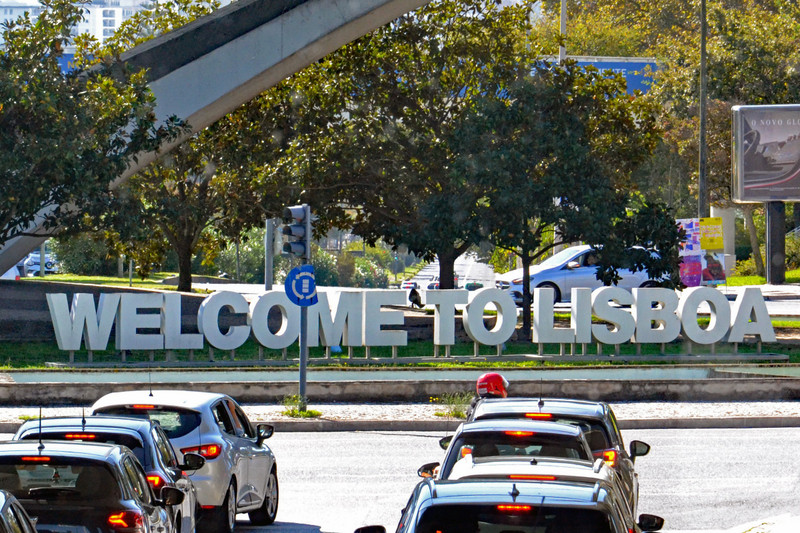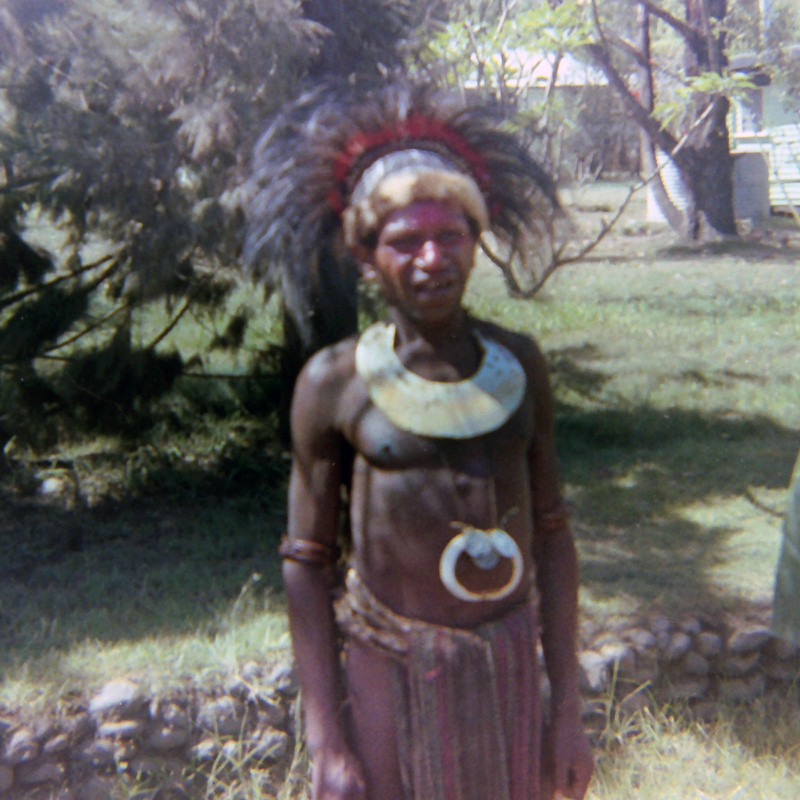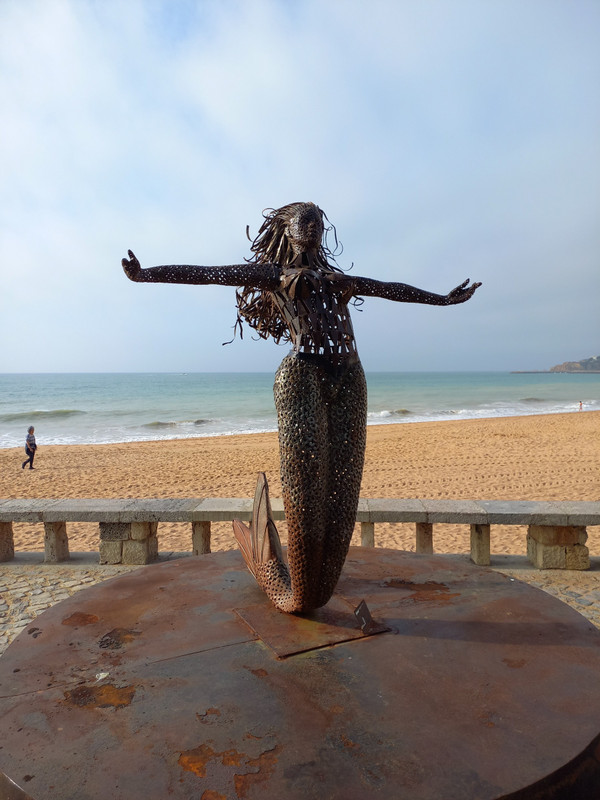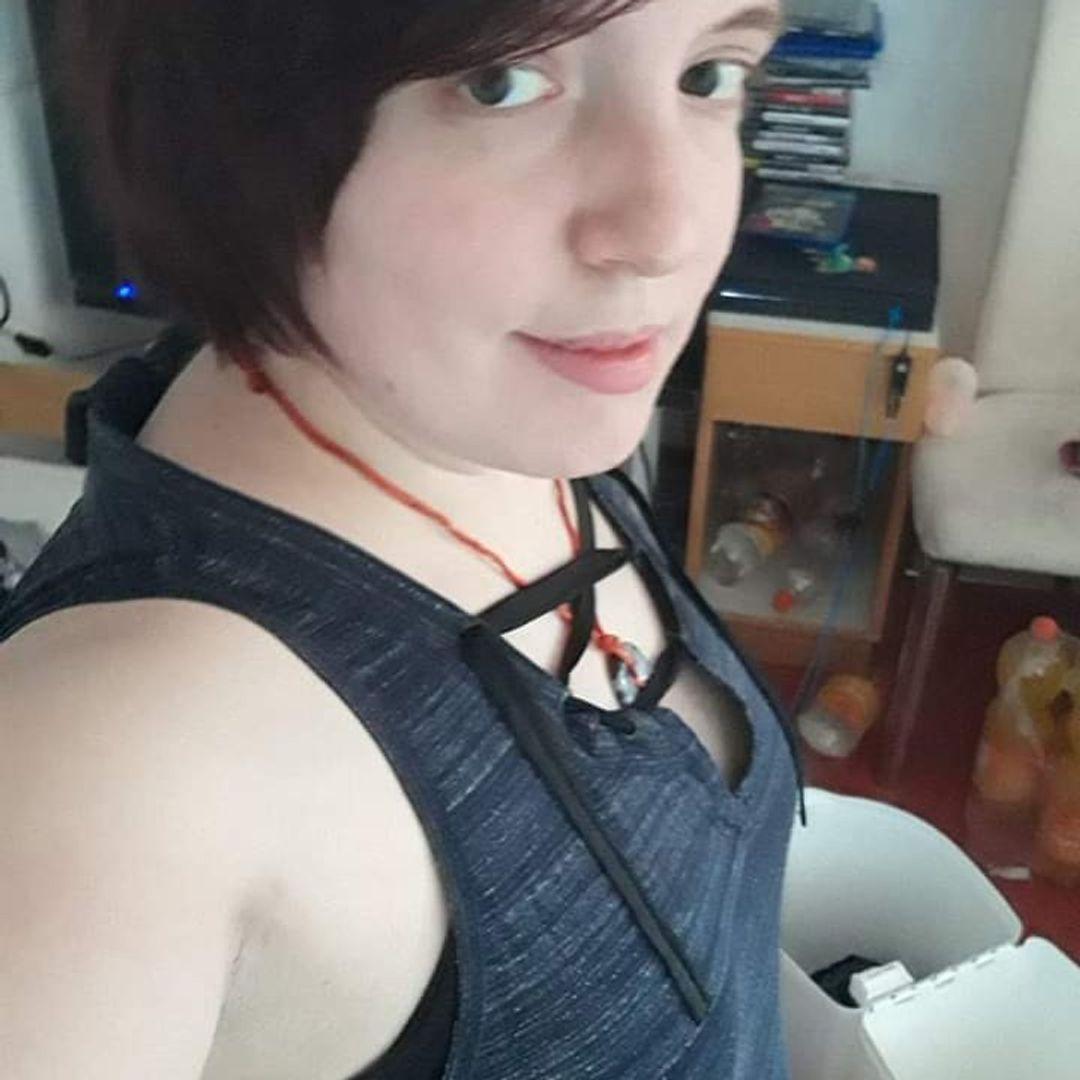Whenever I end up in Wrexham I find myself using the word old . I guess that is because all my memories of the town are old ones. Ones that developed as a child and a schoolgirl . It was Day 407 of lockdown if you start to count from where I started counting . The spring weather was lovely. The trip into town was pleasant . I was in search of other parts of the town that I had missed on previous visits . Car parking was still free after 11am but cost £1 for an hour before 11. The town was deserted as it had been virtually every time I drove in and walked around. It takes about an hour to walk round the town and most of the walk is on the flat with just a couple of streets that are slightly hilly. It does depend though on how many times you stop to take photographs and find yourself thinking about past visits and memories .
First stop the War Memorial Hospital . Its full title is the Wrexham and East Denbighshire War Memorial Hospital . The people of Wrexham decided in 1918 to mark the sacrifice
of local servicemen who had been killed during the First World War. Some towns built just war memorials but Wrexham went further and decided to build a new hospital . Everyone contributed to the cause: the William and John Jones Trust (set up by the former owners of Island Green Brewery) gave £50,000 to kick start the appeal and the Walter Roberts Pantomime Company raised enough money each year to staff a ward. I remember the ward that was called Pantomine ward. I tried hard to try to remember other names of wards but none came to mind . The Prince of Wales laid the foundation stone on November 2nd 1923. The hospital opened in 1926 and served the for sixty years. There was a chapel of rest, the wards on the front of the building all had balconies with metal a metal roof and beds were wheeled onto the balcony for the patient to experience fresh air . The Accident and Emergency Department was situated in the War M as we called it before it moved to the new Maelor Hospital the other side of town . Now Cambria College used it for classrooms . It has
been linked with the old Grove Park Boys Grammar School and forms a much bigger . Luckily the facade has been protected and the hospital looks exactly the same as it did in the 1950s , 60s and 70s.
From here I walked up King Street and came out on Regent Street by the old Police Station . The Old Police station now the towns museum is called the County Buildings . Sadly closed I had to pencil it in for a visit once we were released from our lockdown and the museum opened again . The militia was housed once in this building . At one point service in the militia had but by the mid 19th century it became a job with wages and cash incentives were paid . The militia became a part time army. The story goes that there was a great deal of unrest in the town due to the Chartists demanding One Man One Vote . Industrial unrest troubled the town with colliery owners locking the miners out and miners strikes were regular occurances . The town was considered unsafe, insecure and unfit for the safe custody of arms
. The County Buildings were built at this time with militia stores , orderly and guard rooms , a magazine and room for the muster of men. The building is pleasing with four towers on each corner . Designed to impress at the time it stills manages to impress . The building was not really needed in the end and the story goes that the town turned out to the delivery of a russian cannon captured from the Crimea . This was paraded through the town . The cannon has long gone probably melted down at some point for the war effort . The militia moved out to the nearby barracks and the building took on another use .Hardly twenty years old and the Militia building was redundant. Luckily, Wrexham needed a new Magistrates Court as things were getting cramped in the old Town Hall and the Police also needed a base in the town.
